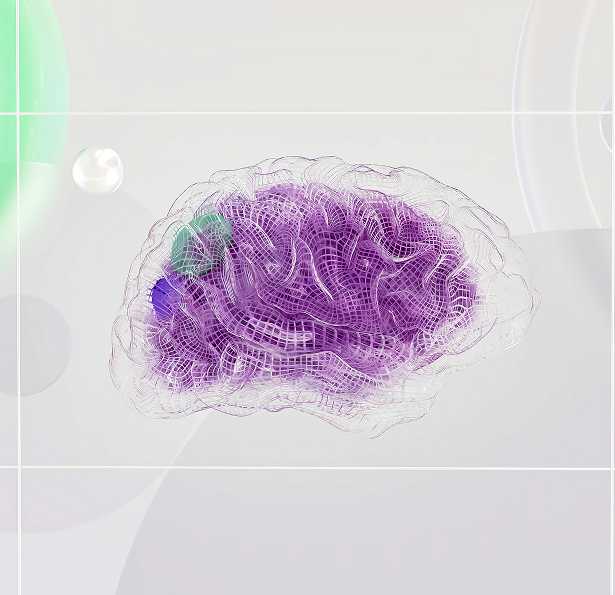EMDR Therapy
Our Approach to EMDR Therapy
At Maribel Ayala Psychotherapy and Consulting, EMDR therapy is a core part of our trauma-informed practice. Maribel is an EMDR Certified Therapist™ and EMDRIA Approved Consultant™ with advanced trainings in a wide range of EMDR protocols, in addition to EMDR 2.0 -an enhanced version of EMDR, EMDR for First Responders and Military, the Recent Traumatic Episode Protocol (R-TEP), Group Traumatic Episode Protocol (G-TEP), and EMDR with Ego State Therapy, among others. This depth of expertise allows us to adapt EMDR to suit a variety of client needs and presenting concerns.
Our approach is relational, culturally responsive, and body-aware. We integrate EMDR with somatic, narrative, and attachment-based therapies to support healing on both a neurological and emotional level. Whether you’re processing a single traumatic event or working through layers of complex trauma, we offer a grounded and collaborative environment where your experience is respected and your pace is honoured.



